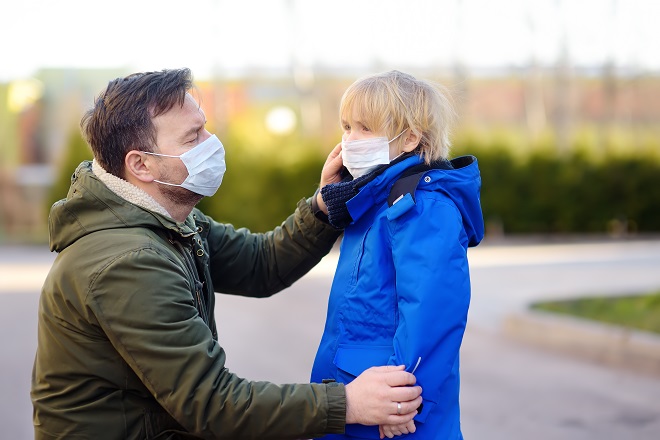
Pandemics disturb individual and community well-being through direct effects of the illness and through emotional isolation, economic loss, work and school closure, and inadequate distribution of needed resources, among others.
Because data suggest that children might less frequently transmit or become severely ill from the virus, the unique consequences that COVID-19 exerts on children risk being overlooked. In this article, HIP Investigator Dr. Ryan Coller and Dr. Sarah Webber review findings on how COVID-19 has affected the physical and emotional health of US parents and children.
Read the article